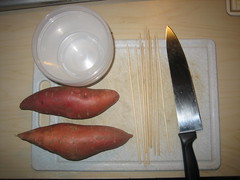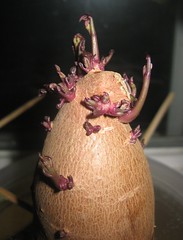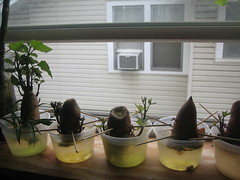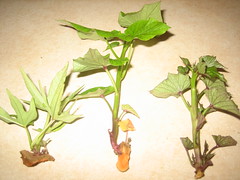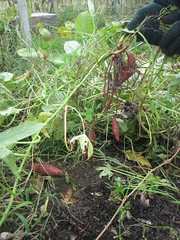More than one billion people — one sixth of the world's population — suffer from chronic hunger. Without enough food, adults struggle to work and children struggle to learn. Global food supplies must increase by an estimated 50 percent to meet expected demand in the next 20 years. Advancing sustainable agricultural-led growth increases the availability of food, keeps food affordable, and raises the incomes of the poor.
The U.S. is committed to working as part of a collaborative global effort centered around country-led processes to improve food security. We are working with stakeholders to advance action that addresses the needs of small scale farmers and agri-businesses, and harnesses the power of women to drive economic growth. We will increase our investment in agriculture development while maintaining our support for humanitarian food assistance.Principles for Advancing Global Food Security
1. Comprehensively address the underlying causes of hunger and under-nutrition
2. Invest in country-led plans
3. Strengthen strategic coordination
4. Leverage the benefits of multilateral institutions
5. Make sustained and accountable commitments
Key Documents and Websites:
- State Department Global Hunger and Food Security Website
- USAID Fact Sheet on Food Security
- U.S. Government Global Hunger and Food Security Initiative Consultation Document - Input requested!

